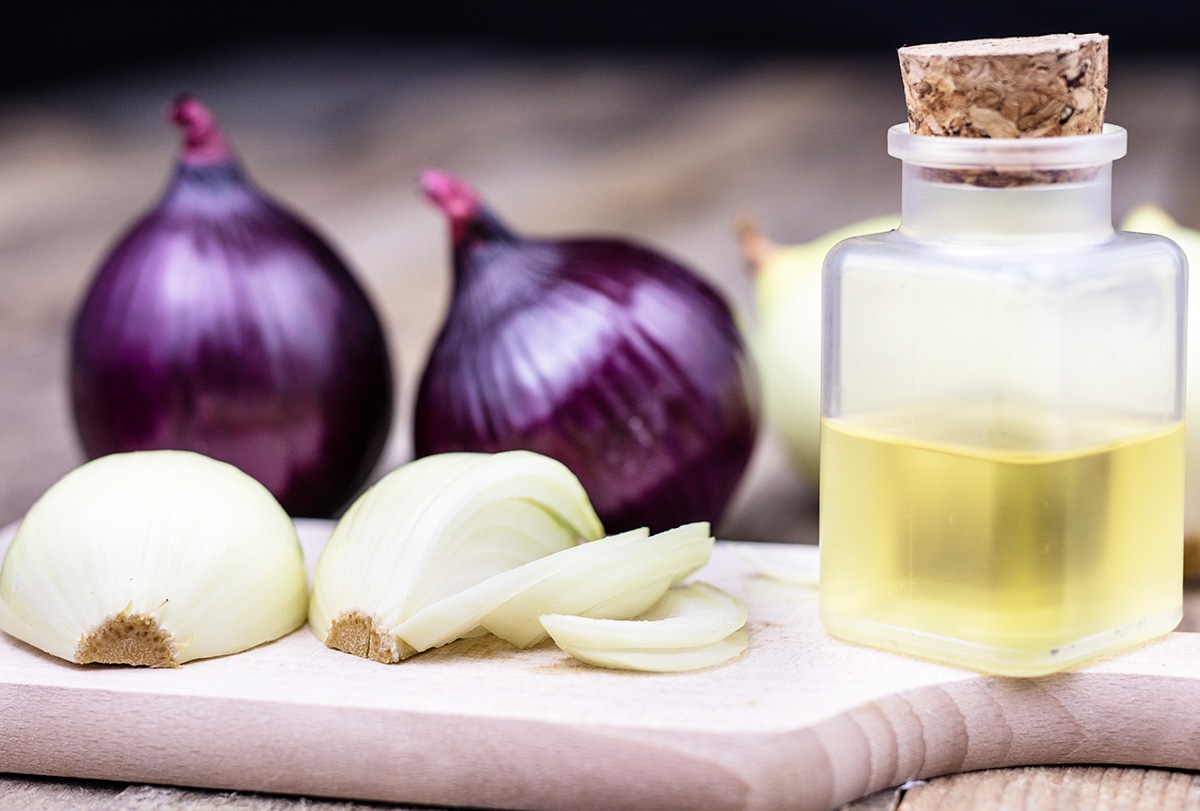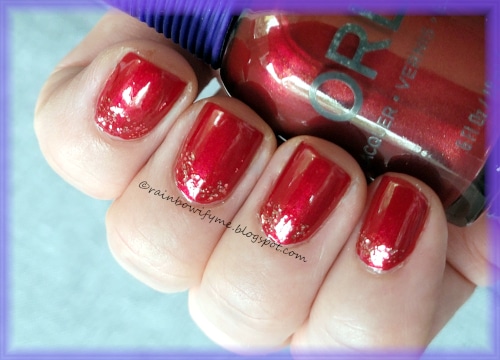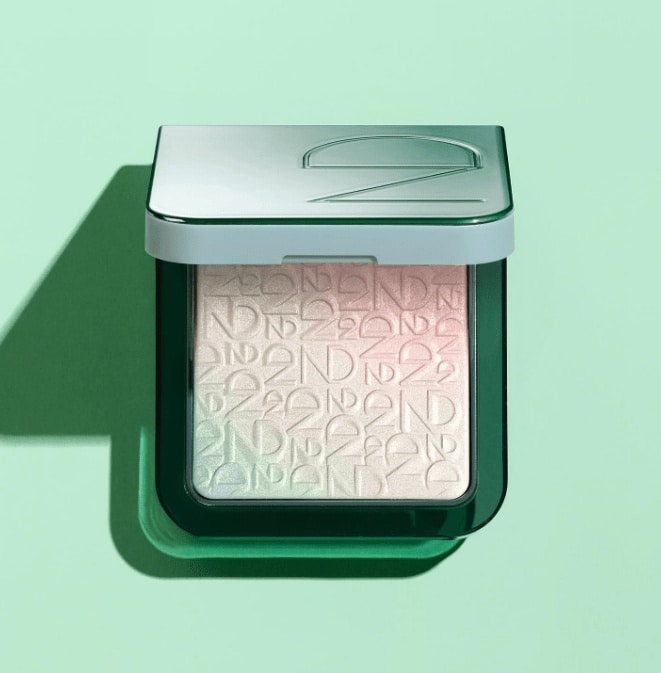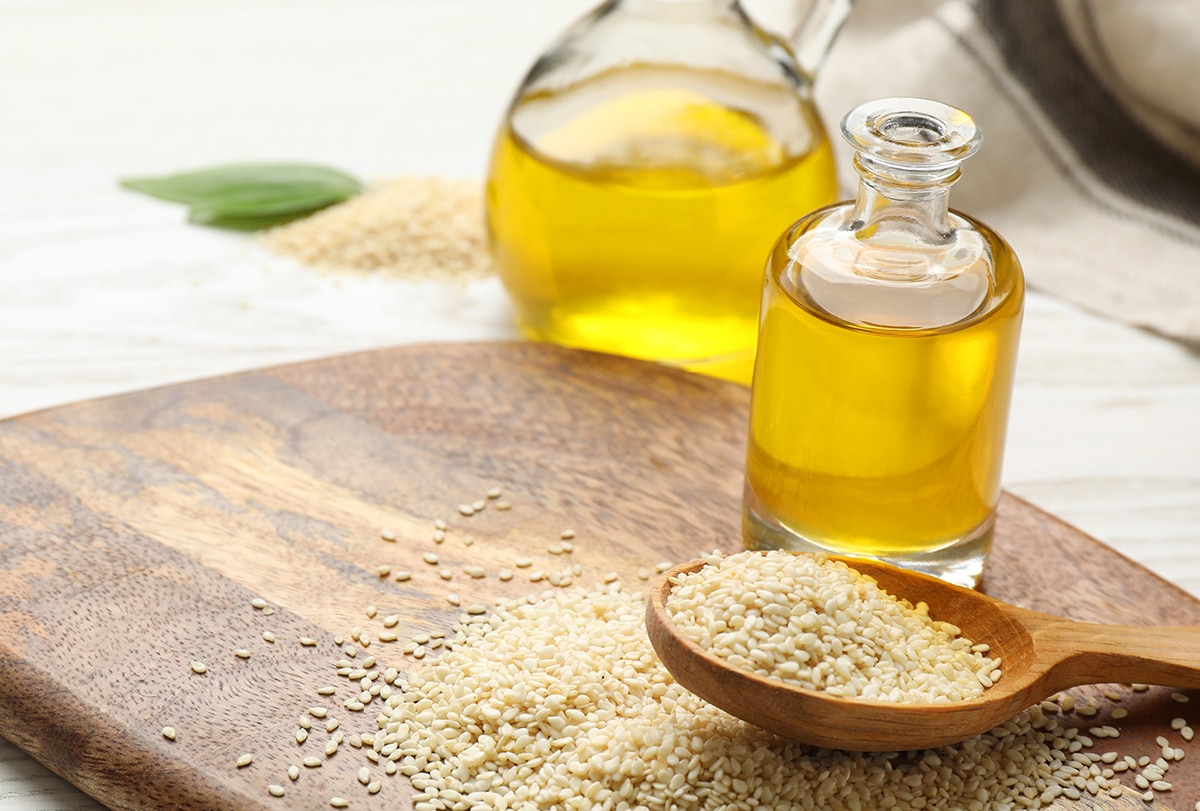All kinds of hair tend to get tangled and form knots, usually when left open or uncombed for a while and after a shower.
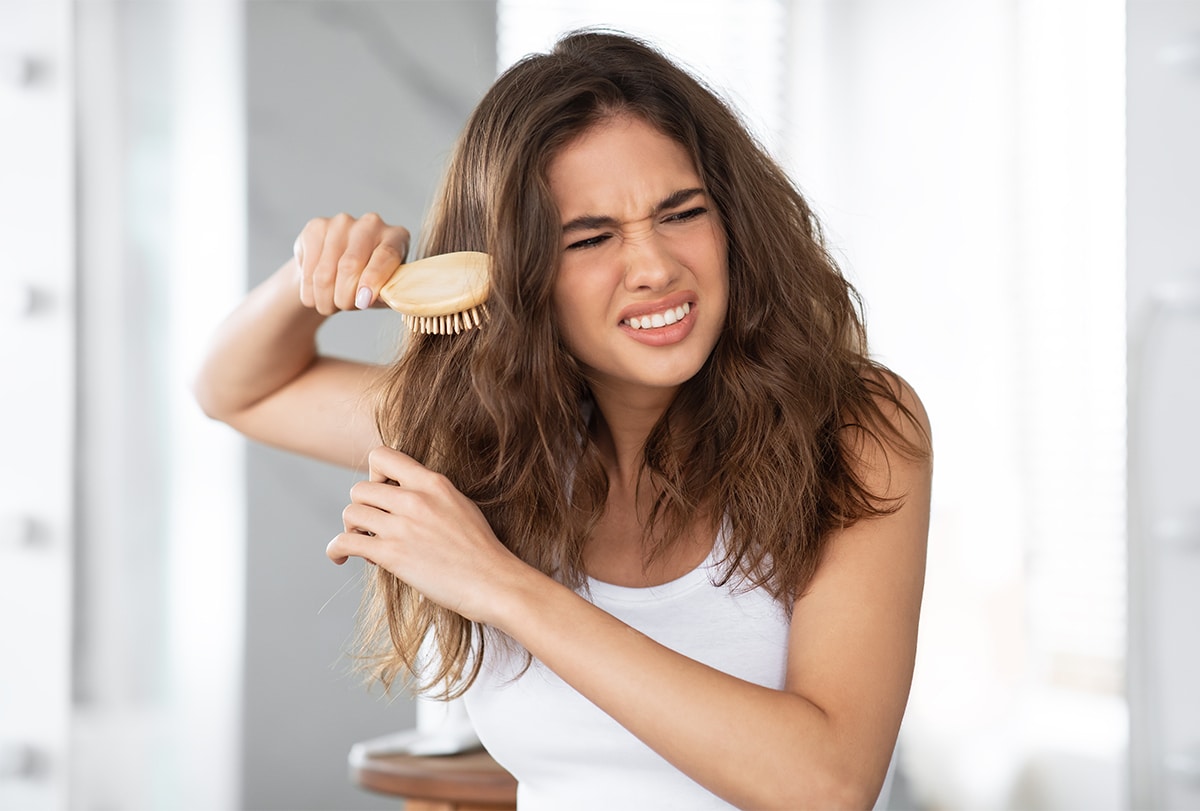
But this problem is particularly common in long, curly, wavy, dry, damaged, and frizzy hair. It not only makes your hair look unkempt but also leads to a great deal of hair fall and breakage.
This article will discuss some simple ways to detangle your hair painlessly.
Ways to Detangle Your Hair
You can safely detangle your hair by doing the following:
1. Lubricate the hair
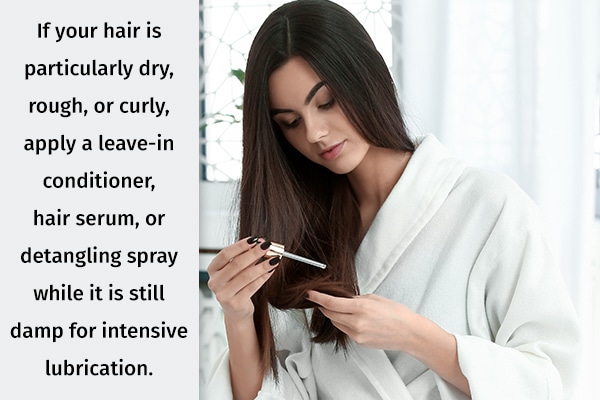
The first step is to wash and condition your hair to make it soft and silky.
If your hair is particularly dry, rough, or curly, apply a leave-in conditioner, hair serum, or detangling spray while it is still damp for intensive lubrication. You can also treat your dehydrated hair with a hair mask or hair oil before shampooing for extra hydration. (1)(2)
Properly conditioned hair is more flexible, making it easier to remove the knots. However, you must wait for it to dry before starting the detangling process as your hair is at its weakest when wet (3) and will break easily while combing through the knots.
2. Section your hair
Divide your hair into 6–8 sections. It is easier to detangle smaller portions rather than work the entire volume at once. Use clamps or clips to hold each section.
Once you are done removing the knots in one section, twist, braid or tie it in a bun or ponytail so that it doesn’t get tangled again.
3. Work with your fingers before using a brush or comb
Start detangling the first section of hair by running your fingers through it.
Gently work through the knots rather than pulling at them. This will help loosen the larger knots so that they offer lesser resistance when you detangle them with a comb or brush afterward.
Finger detangling is an important step to minimize hair breakage during the detangling process.
4. Use the right comb or brush
Don’t use combs with small teeth, such as tail combs, for detangling as they don’t pass through the knots easily and end up causing a lot of hair breakage.
Similarly, boar-bristle brushes are a no-no for curly or crinkly hair as they get stuck in the knots and cause breakage. Instead, choose wide-tooth combs and detangler brushes with wide and flexible bristles that separate the knots easily to detangle your hair with minimal breakage.
5. Use hydrating hair masks
The drier your hair, the more likely it is to get intertwined and knotted. Adding a moisturizing hair mask to your hair care regimen can help soften your tresses to make them more pliable and less prone to tangling.
You can make your own hair conditioning mask with simple kitchen ingredients such as yogurt and honey. This will provide instant and intensive hydration to your dry hair to keep them tangle-free.
How to make:
- Mix 1 tablespoon of honey with 1 tablespoon of yogurt.
- Apply this mixture to the entire length of your hair, from the roots to the tips.
- Leave it on for 30–45 minutes.
- Use a mild shampoo and water to rinse it off.
Causes of Hair Tangling
The outermost layer of the hair is called the cuticle, which is responsible for locking moisture and natural oils inside the strand to keep it hydrated and soft.
But when hair strands rub against each other, the friction damages and opens up the cuticle, allowing moisture to escape and rendering your hair dry, rough, and frizzy. (4)
Properly conditioned hair strands are smooth and slide against each other, but dry ones get intertwined with each other to form knots. Your brush or comb will get stuck on these knots and you will have to exert pressure to pass it through. This force can make your hair pull out of the follicle or break in the middle. (5)
Here are some common factors that strip moisture from your hair and pave the way for hair tangling:
Dos and Don’ts to Avoid Tangled Hair
- As discussed, earlier, dry and damaged hair tends to get tangled and form knots. The above-mentioned detangling process will help smoothen out knots but does not offer a permanent solution. The best way to keep your hair from tangling is to address the root cause, such as lack of moisture and hair damage. To that end, consider using hair masks and going for deep-conditioning sessions. Hair masks contain nourishing and hydrating ingredients that help condition, repair, and strengthen your lifeless hair. Meanwhile, deep conditioning sessions provide intensive moisture to the hair that penetrates to its very core.
- Tie your hair in loose braids to secure them in place without getting tangled or knotted.
- Trim your hair every 4–6 weeks to get rid of split ends. Split ends tend to make your hair dry, dull, and damaged and therefore more likely to form knots.
- Replace your cotton pillowcases with silk ones, which are softer and less likely to rub against your hair while you sleep. Your hair will easily slide off the smooth silk surface.
- When stepping out in windy weather, cover your hair with a scarf or a hat to keep them in place.
- Minimize your use of hairstyling tools because they release intensive heat, which leaves your tresses dry and damaged. (6) This kind of heat exposure breaks down your hair cuticle, causing more tangles and knots.
Final Word
Detangle your hair before combing or brushing to minimize hair breakage and hair fall. This is important to preserve the length, volume, and overall quality of your hair.


